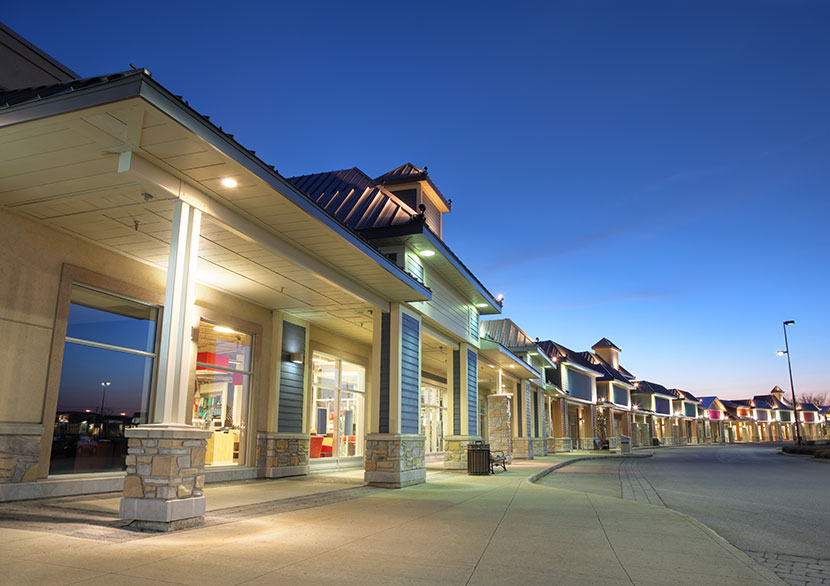When considering renting commercial space for your business, understanding the typical costs involved is crucial. Commercial rental expenses can significantly impact your budget and overall financial planning. The cost of commercial space varies widely based on several factors, and in this article, we’ll explore the key considerations that influence the typical cost of Commercial Space for Rent.
1. Location
The location of your commercial space plays a pivotal role in determining its rental cost. Prime locations in major cities or high-traffic areas typically command higher rents due to increased visibility and accessibility. On the other hand, spaces in suburban or less central areas are generally more affordable.
2. Type of Space
The type of commercial space you require also affects the cost. Retail spaces, such as storefronts in shopping districts, tend to be more expensive compared to industrial spaces in less urbanized areas. Office spaces, medical suites, and warehouses each come with their price range, reflecting their specific features and utilities.
3. Size and Square Footage
Commercial rental rates are often quoted per square foot. The size of the space you need directly correlates with the total cost. Larger spaces come with higher rental fees, so it’s essential to assess your space requirements carefully. Leasing more space than necessary can lead to unnecessary expenses.
4. Lease Terms
Lease terms can significantly impact the cost of your commercial space. Longer lease terms may offer lower monthly rents, while shorter-term leases or month-to-month agreements typically come with higher rates. Consider your business’s stability and future growth plans when negotiating lease terms.
5. Condition and Build-Out
The condition of the space and any required build-out or renovations can affect costs. A move-in-ready space with modern amenities may have a higher initial rent, while spaces in need of refurbishment may offer lower rental rates but require additional investment in improvements.
6. Amenities and Services
The availability of amenities and services can influence costs. Commercial spaces that offer amenities like parking, security, maintenance, and access to shared spaces (e.g., conference rooms or break areas) may have higher rental fees. These amenities can enhance your business operations and provide added value.
7. Demand and Market Conditions
Local market conditions and demand for commercial space also impact rental costs. In competitive markets with high demand and limited supply, rents tend to be higher. Conversely, in areas with lower demand or higher vacancy rates, rental rates may be more favorable.
8. Additional Costs
In addition to the base rent, there may be additional costs to consider, such as property taxes, insurance, common area maintenance (CAM) fees, and utilities. These expenses can add up and should be factored into your budget when calculating the total cost of renting commercial space.
9. Negotiation
Negotiation skills can play a significant role in determining the final rental cost. It’s often possible to negotiate lease terms, rent concessions, or incentives with landlords. Effective negotiation can help you secure a more favorable rental rate and terms.
10. Geographic Variations
Rental costs can vary widely based on geographic location, even within the same city or metropolitan area. Different neighborhoods, districts, or suburbs may have their price ranges, so it’s advisable to research various areas to find the best value for your business.
In conclusion, the cost of renting commercial space can vary significantly based on location, type of space, size, lease terms, condition, amenities, market conditions, additional costs, negotiation, and geographic variations. To make an informed decision, carefully evaluate your business needs and budget constraints. It’s also beneficial to work with a commercial real estate agent or broker who can provide insights into the local market and help you find a space that aligns with your business goals and financial plans.


